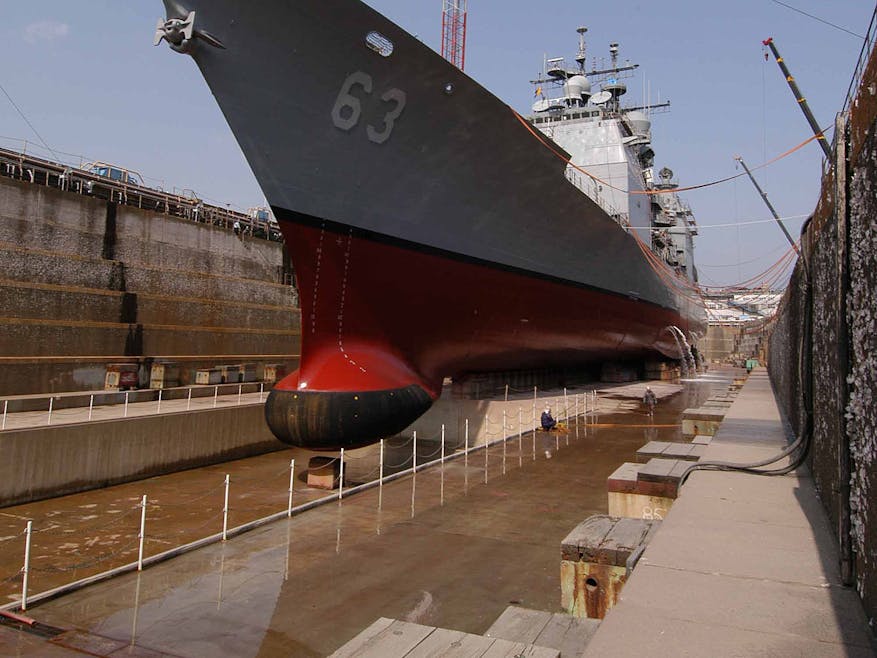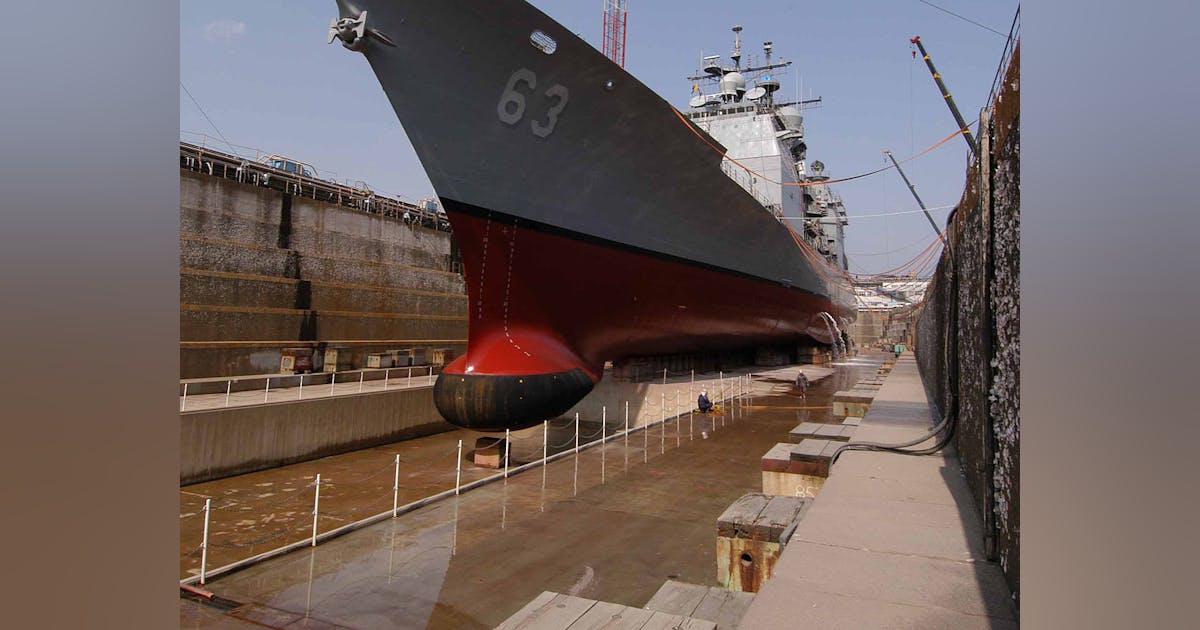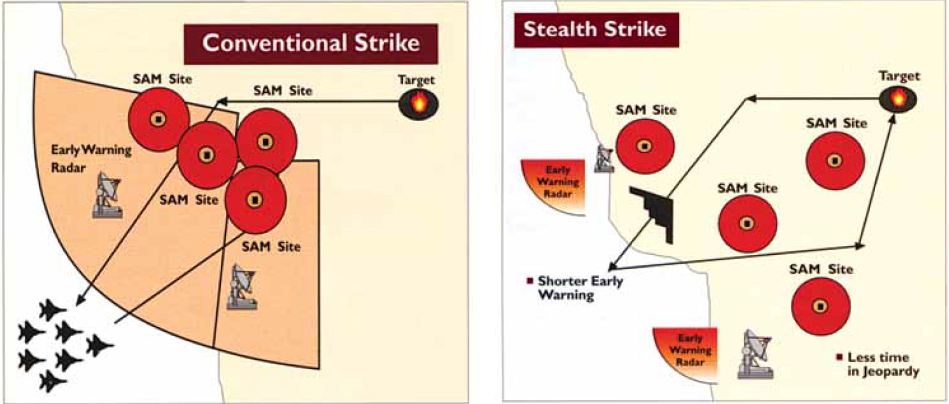In its current condition I agree it has some flaws like range is not enough. But it doesnt mean that these problems cant be overcome in future variants. The survaillance version needs to have a better engine be more stealthy with no weapons bays but more fuel tanks inside a larger body to increase its range. An aesa radar can be developed maybe jointly with China who also plans similar tactics.
Do you think that RCS of an aircraft can be reduced to 0.0025 m^2 mark in S band easily? This is F-35 level stealth, bro. This is a benchmark that China could not achieve with its J-20 design and is working on new designs to see if any clicks, and Chinese R&D capability is on another level in comparison to Iran.
What were you thinking?
Developing a true VLO aircraft is one of the most challenging and expensive undertakings for any country even with a treasure trove of information on hand. Relevant tooling infrastructure needs to be built beforehand. Iran has an
RQ-170 variant in its possession since 2011, but it has not managed to produce a UAV that can match its performance thus far - 11 years later in the present. US has produced not only more advanced RQ-170 variants in time, but much more advanced and stealthy aircraft in comparison. Iran is not even remotely close to developing a true VLO aircraft, not anytime soon.
Let's not work with theoretical that are far off for Iran in this discussion.
Cec is a planning issue awacs and other ships are not stealthy at all so a route can be planned away from them(route can be changed as they are detected as well) and the opposing ships awacs need to be always closer than the main target to the ground stations making them more vulnurable. Only if stealth planes are used Cec would be more problematic but then it would require continious air survaillance closer to the shore risking the opposing planes. I disagree with giving up on stealth uavs or uuvs because they have a future and many nations are already developing them and especially those older ships and carriers with huge rcs cannot be hidden easily no matter the Usa military budget. It depends on who detects first and we cant argue without valid data about it as both sides have classifiied means to detect the other.
You might want to take a look at surveillance apparatus of US for a change, it is a topic in itself. You can expect from US to have mapped Iranian defenses and come up with a suitable conventional war-fighting plan accordingly, this process is repeated from time-to-time to inform and/or update an existing war-fighting plan. Not just for Iran but for any country that is deemed hostile to American interests.
Based on historical track record of American conventional war-fighting applications, US-led forces will open up on Iranian defenses with a massive barrage of Tomahawk class TLAM (Block IV and later) in conjunction with
B-2A bombers in [dark conditions] from substantial distances, to degrade Iran's conventional war-fighting capacity. Let's take a look at some facts and figures in this respect.
B-2A factor
B-2A can come from
Diego Garcia, and even from US mainland, range is not an issue for this aircraft. More importantly, its stealthy characteristics are unmatched to this day.
New B-21 stealth bomber set for take off B-21 Raider will be first new US bomber design in 30 years and aims to restore US air superiority vis-a-vis China and Russia The US plans to field soon the next-generation B-21 Raider stealth bomber, with the first of an initial batch of six fighters...
defence.pk
Geometric shaping of B-2A is a nearly perfect radar waves deflecting mechanism and VLO in true sense of the word because even the fuselage and tail fins are eliminated altogether. B-2A also features substantial amount of radar waves absorbing materials within the frame. Even the engines are completely buried within the frame and exhaust systems are located on the top. Sheer size of the aircraft provided sufficient room to accommodate incredible stealthy characteristics. B-2A ticks all the boxes of frustrating detection possibilities with a radar system (or even a network of radar systems) across a number of bands including VHF because its returns are weak even in the Mie or Rayleigh region where resonance effects are more pronounced. The upcoming B-21 Raider expands on this incredible design yet further, and to what extent would be an understatement.
----
Lessons from Yugoslavia
Yugoslavia is mentioned because it was up against a significant onslaught of American stealthy combat aircraft in Operation Allied Force, and it is the only country in the world to have shot down a stealthy combat aircraft in a war and its technologies and tactics are/were instructive in this regard.
Source: Clean Bombs and Dirty Wars: Air Power in Kosovo and Libya
Soviet P-18 Spoon Rest (or Russian 1RL131 Terek) operates in the VHF band and its Chinese derivative is called YLC-8A. Yugoslavians networked P-18 Spoon Rest with additional Russian-origin radar systems operating across I/D/G/H/VHF bands as a collective to create an IMAD setup more complex than in the 2nd photo shared by you.
But
During Allied Force, the air war over Serbia, six B-2s conducted 45 sorties out of 9,211 Air Force fighter and bomber sorties in the entire war—less than a half of one percent—but they struck 33 percent of the targets in the first eight weeks of combat.
Yugoslavian air defenses were modeled to counter stealthy aircraft in view of Operation Desert Storm but B-2A degraded them to the point of being utterly useless - Yugoslavian air defenses were able to shoot down only 2 aircraft in the entire war (F-117 = 1; F-16 = 1). B-2A delivered significant blows to Yugoslavian air defenses in opening phase of the war and made it much safer for the other aircraft to operate over the country by extension.
How Yugoslavian IMAD setups fared against different types of stealthy combat aircraft in real-time conditions? Let us see.
F-117 (Sortie – Engaged – Loss) ratio over Yugoslavia in 1999 = 743 – 2 – 1
F-117 = 2nd generation stealthy bomber in American terms with limited sensor systems and without EW capabilities
B-2A (Sortie – Engaged – Loss) ratio over Yugoslavia in 1999 = 49 – 0 – 0
B-2A = 4th generation stealthy bomber in American terms with significant sensor systems and EW capabilities
B-2A was never detected and completed every sortie on its own merits.
B-2A is capable of penetrating sophisticated A2/AD arrangements, it produces following effect on an IMAD setup while passing through:
Source: The Radar Game: Understanding Stealth and Aircraft Survivability.
As you can see, not all stealthy combat aircraft are created equal.
B-2A cost 2 billion USD per piece.
----
Iran has developed deeply buried military complexes, but these facilities also have opening points such as silos, exhaust vents, and tunnels.
Look at the accuracy of GBU-57 bomb (7:18 - 7:50), first GBU-57 opens up the ground made up of concrete all the way down to a deeply buried target. The second GBU-57 follows through the opened pathway and destroys whatever is left inside.
Nothing built on land is beyond the reach and capacity of American war-machine to exploit if necessary.
USN numbers game
On any given day,
up to (100 - 110) ships of the USN are found to be patrolling the oceans around the world. A total of 105 ships were active around the world as on 22-12-22 for instance; 50 were involved in various tasks while 55 were on patrol.
In case of hostilities with Iran, most of the active ships might be directed to the conflict zone. Assuming a mix of frigates, destroyers, cruisers, and aircraft carriers,
up to 5000 VLS might be onboard and loaded, with Tomahawk Block IV + Block V as 50% of the load-out. USN also has
resupply-purpose ships to help refill VLS on as needed basis.
Now add sophisticated submarines to the equation.
The U.S. Navy's four Ohio Class SSGNs may soon receive new hypersonic missiles which could transform their capabilities. H I Sutton explains why.

www.navalnews.com
Ohio class submarine is nuclear-powered and can arrive in any region without warning. There is no need for this submarine class to operate near Iranian shores either, it can unleash its firepower on potential targets from hundreds of KM away as well.
---
Tomahawk class TLAM have managed to breach any type of threat environment where they were used including in Syria where Russians were boasting about protecting high value Syrian infrastructure with their assets.
Operational range = 2400 KM
Tomahawk Block IV can mask itself very well in ground clutter, is found to be very difficult to jam (rare admission from Russians in
here), and can be programmed to bypass threat zones in its pathway to reach desired target. It can also be instructed to change course or to loiter for a while. The window of opportunity to detect and intercept this cruise missile becomes very small, and a volley is virtually impossible to stop in any case.
The image below shows older Block III capability:
Russians hinted about developing the capability to jam satnav receiver but Americans solved this problem in Block V:
With the modification Block V, Tomahawk has increased capabilities, which integrate new seeker, hitting the surface targets, more than 1000 miles range, greater penetrating power, less susceptible to jamming of its seeker and communication and navigation striking the target under the GPS taken down conditions.
---
Tomahawk class TLAM is but a part of strike package that USN can bring on the table. Want me to expand on other options as well?
Speaking of survivability of USN in near-shore environments:
"On three separate dates in October 2016, the USS Mason (DDG-87), USS Nitze (DDG-94), USS San Antonio (LPD-17), and USS Ponce (AFSB-15) came under attack while operating off the western coast of Yemen, near the Strait of Bab-el-Mandeb. While all four ships were not always operating together as a...
defence.pk
Incident 1: Two sea-skimming cruise missiles failed to engage USS Mason / defeated
Incident 2: One sea-skimming cruise missile failed to engage USS Mason / defeated
Incident 3: Five sea-skimming cruise missiles failed to engage USS Mason / defeated
An Arleigh Burke class destroyer proved its mettle in a near-shore high threat environment back in 2016 when other ships were getting knocked out in same waters. Sea-skimming cruise missiles can approach a ship without much warning in advance and the window of opportunity to intercept them is very small in a near-shore high threat environment. Aegis Combat System was the key factor in neutralizing this type of threat in a near-shore high threat environment.
The assumption that USN cannot operate in a near-shore high threat environment is UTTERLY MISPLACED. American naval commanders have asserted that USN has the capability to operate in Chinese First Island chain environment in "wartime conditions," let alone in other environments.
American war-machine is designed to fight and defeat near-peer adversaries like Russian and China in a conventional war, let alone regional powers like Iran and Pakistan. If US really wants to destroy and/or eliminate a country in a war, it can do this in a matter of minutes [assuming all manner of kinetic options are brought to the table and utilized to do the needful]. All the effort to rebooting political system of a country like in the case of Iraq and attempts to rebuild a backward country like in the case of Afghanistan are "completely unnecessary." Understand this much.
Same goes for uuv detection. It depends on the geometry and silence of the uuv and who detects first. They seem to have a future unless Us comes up with much more stealthier and much less noisy ships instead of those older modernised ships. Also the costs of uavs and uuvs are always lower than the ships giving them quantitative advantage.
Any country will equip itself with any type of weapon system that can help it fight a war "in theory." This does not prove anything
vis-à-vis US in a conventional warfare scenario.
For perspective, Pakistan Army has fielded the type of MBTs that are suitable for fighting Indian MBTs. However, Pakistani MBTs cannot survive in Ukrainian threat environment.
----
I have utmost respect for Iranian scientific achievements.
I recognize Iran as a capable regional power and player.
I recognize Iranian battlefield achievements in its war with Iraq.
I recognize Iran's role in defeating ISIL movement in the Middle East proper.
However, I don't buy rhetoric of (any) country
vis-à-vis US in conventional war-fighting aspects unless it really has what it takes to back it up in this regime. Not even in the case of China. This rhetoric stem from the need to create deterrence effect from political circles of any country.
But I am a realist.
I emphasize use of common sense in discussions for a change.



















